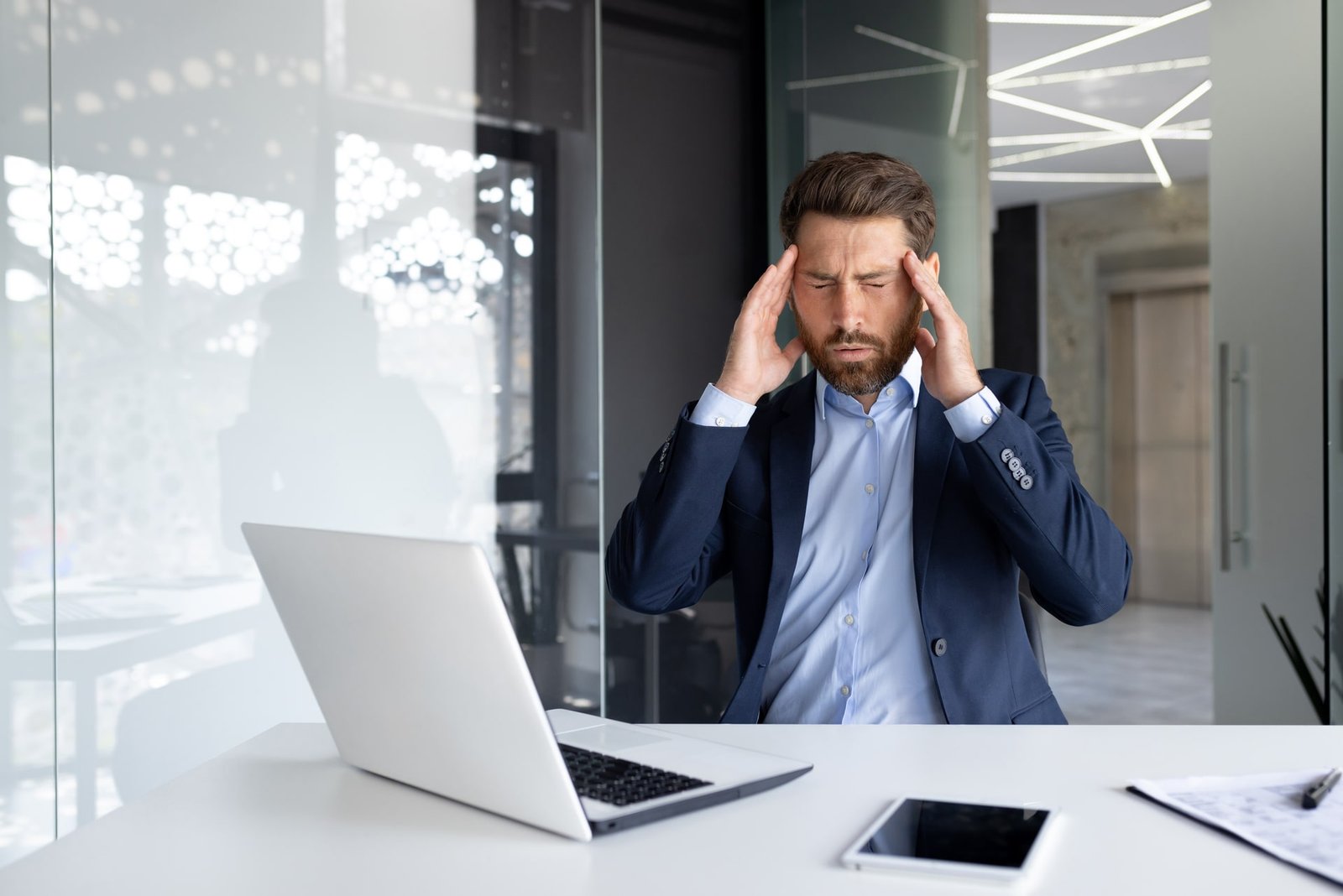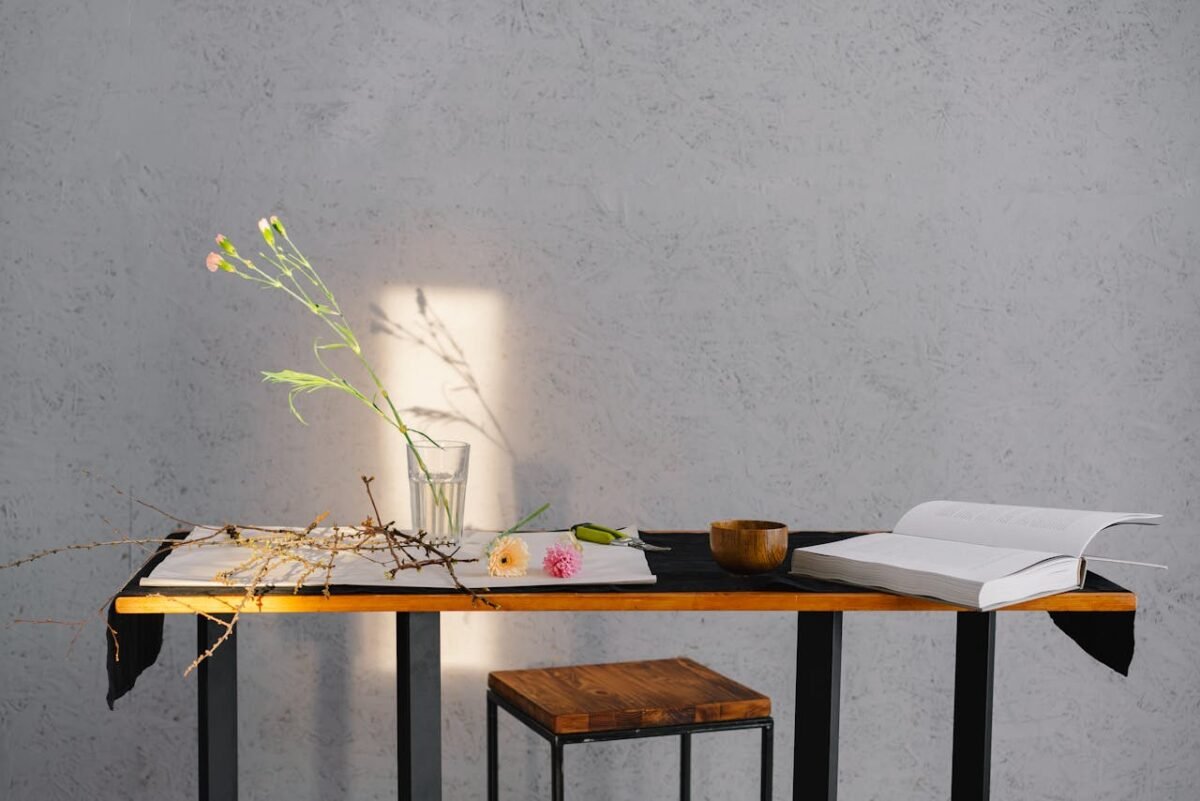
Yoga for anxiety relief has become an essential practice for countless individuals seeking balance in the midst of our fast-paced, stress-laden modern world. In today’s environment, feelings of anxiety and overwhelm are all too common, and many have discovered that a consistent yoga practice can serve as a refuge for both mind and body. By integrating specific poses and mindful breathing techniques, practitioners can learn to calm their nervous systems and achieve a state of inner peace that transforms daily life.
Yoga for anxiety relief is not just a physical exercise—it’s a holistic approach that combines gentle movement, focused breathing, and mental clarity to address the underlying causes of stress. With the incorporation of yoga poses for relaxation and mindfulness yoga practices, individuals are empowered to actively manage their anxiety rather than letting it control them. This method provides a structured way to access deep relaxation and mental clarity, making it a valuable complement to traditional therapies and stress relief exercises.
Yoga for anxiety relief offers an accessible, self-empowering strategy for achieving long-term emotional balance and physical well-being. By embracing a few key poses and consistent practice, one can cultivate a sense of resilience and inner strength that lasts far beyond the yoga mat. This approach not only helps in the moment but also builds a foundation for sustainable health and wellness that encourages individuals to revisit and share these practices time and time again.
Understanding Anxiety and Its Effects on the Body
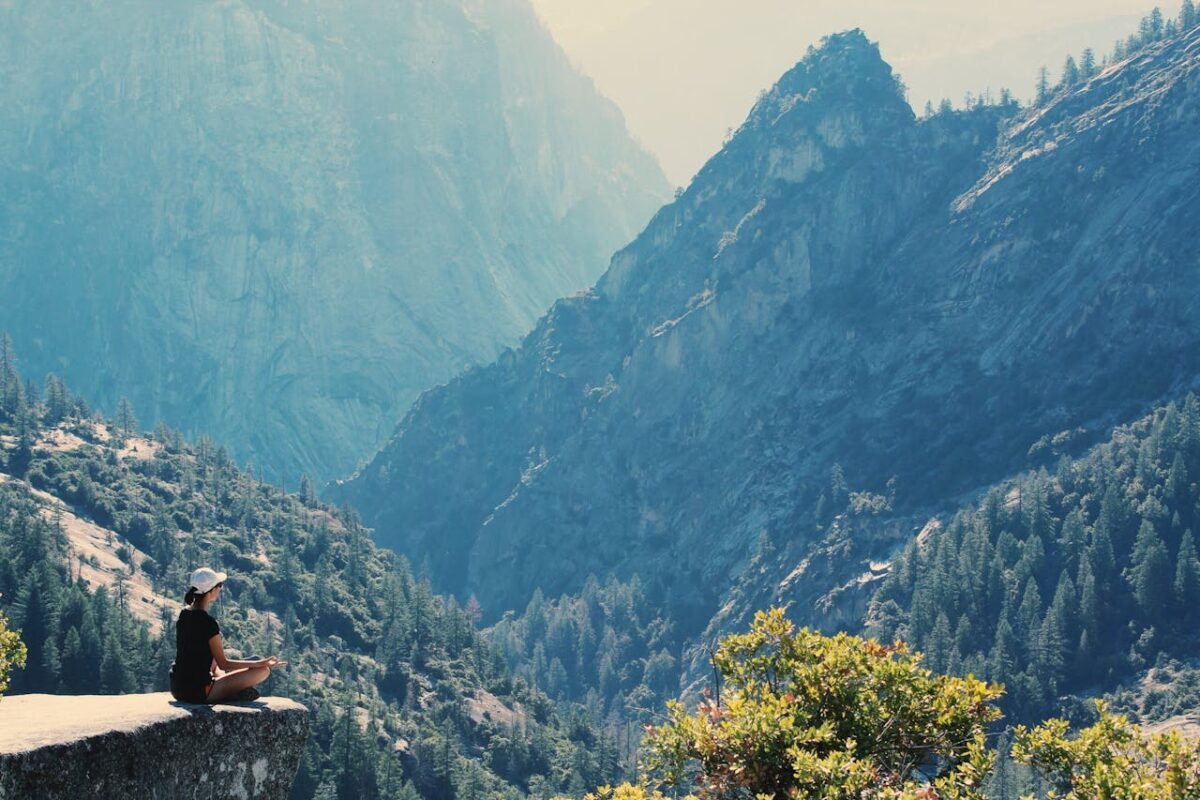
Anxiety is a multifaceted condition that affects both the mind and the body, often manifesting as physical tension, racing thoughts, and overwhelming stress. When anxiety takes hold, the body can enter a state of heightened alertness, where the fight-or-flight response is continuously activated. This chronic stress response can lead to issues like muscle tightness, increased heart rate, and digestive disturbances, underscoring the need for interventions that address the whole person.
The relationship between anxiety and physical symptoms is complex, as prolonged tension in the body can further exacerbate mental stress. This cycle makes it crucial to adopt practices that not only soothe the mind but also release physical tension. Techniques such as deep, mindful breathing and gentle stretching found in yoga offer a promising way to break this cycle, ultimately improving both mental clarity and physical comfort.
Understanding how anxiety manifests within the body is the first step toward effective management. When one is aware of the physical signals of stress—such as shallow breathing, tight shoulders, or clenched muscles—it becomes easier to identify moments when intervention is needed. This self-awareness sets the stage for using yoga for anxiety relief as a practical tool to ease these symptoms and restore equilibrium.
The Science Behind Yoga for Anxiety Relief
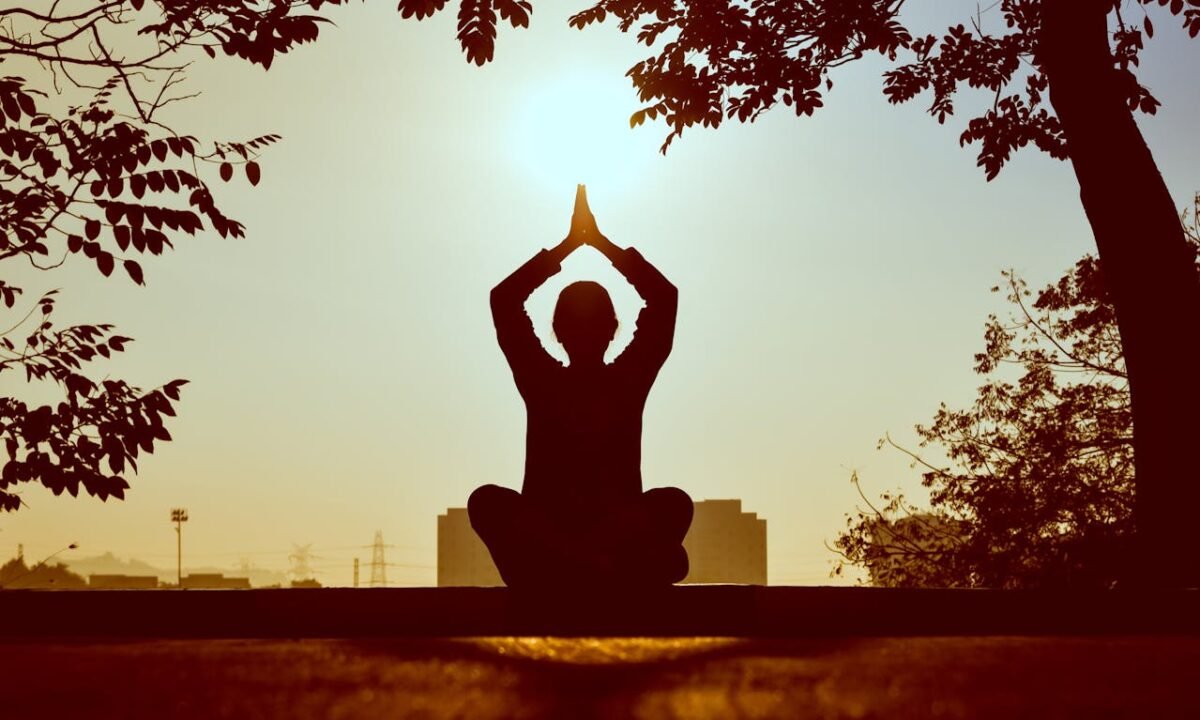
Recent scientific studies have begun to unravel the ways in which yoga for anxiety relief can directly influence our neurophysiology. Research indicates that consistent yoga practice can reduce cortisol levels—the body’s primary stress hormone—thereby mitigating the negative impact of chronic stress on the body. This biochemical shift helps lower blood pressure and improves overall heart health, providing a tangible link between yoga and physical well-being.
In addition to hormonal changes, yoga also appears to foster a shift in brain activity. Regular practice has been associated with increased activity in areas of the brain responsible for regulating emotions and reducing anxiety. By encouraging mindful awareness and focused attention, yoga helps rewire neural pathways, making it easier to manage intrusive thoughts and emotions. This neuroplasticity is a key component in how yoga poses for relaxation contribute to long-term mental health.
Furthermore, integrating stress relief exercises into a daily routine can have cumulative benefits over time. When combined with mindfulness yoga practices, these exercises help individuals develop a more balanced response to stress. This holistic approach creates an environment where the body and mind can recover from the rigors of everyday stressors, leading to improved mental clarity, resilience, and overall health.
Exploring Yoga Poses for Relaxation: The Foundation
Yoga poses for relaxation form the cornerstone of a practice aimed at easing anxiety and promoting calm. These poses are designed to release tension, improve circulation, and quiet the mind, making them ideal for anyone looking to counteract the physical and mental symptoms of stress. By starting with gentle movements and deep breathing, practitioners can gradually cultivate a state of inner tranquility.
The foundation of these poses lies in their simplicity and accessibility. Many yoga poses for relaxation require no specialized equipment or advanced flexibility, making them suitable for beginners as well as seasoned practitioners. With regular practice, even the simplest poses can have profound effects on mental clarity and emotional balance, proving that the path to wellness need not be complicated.
Moreover, the integration of mindfulness yoga principles into these poses enhances their effectiveness. By focusing attention on the body’s sensations and the rhythm of the breath, individuals can shift their awareness away from anxious thoughts and towards the present moment. This mindful engagement not only deepens the relaxation experience but also equips practitioners with the tools to manage anxiety off the mat.
Pose 1: Child’s Pose – A Gateway to Calm
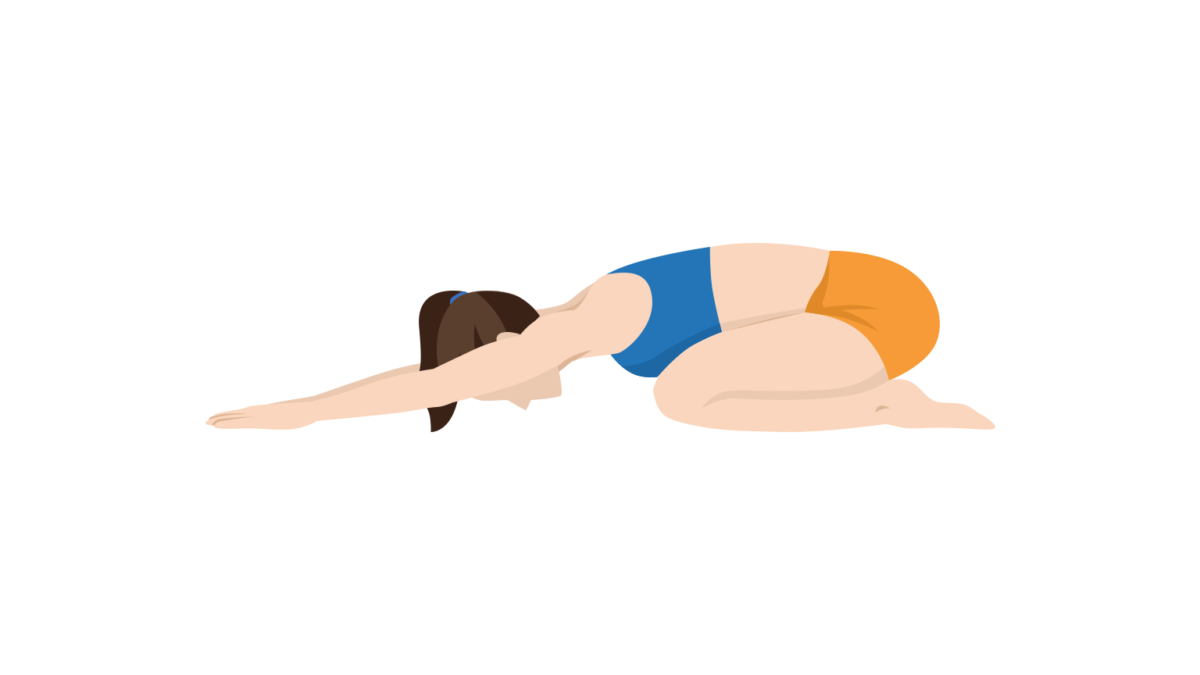
Child’s Pose is often one of the first yoga poses taught for anxiety relief, thanks to its gentle, restorative nature. This posture allows the body to release tension, particularly in the back and shoulders, while promoting a deep sense of surrender and trust. As you fold forward into Child’s Pose, you invite a feeling of safety and comfort, which can be incredibly grounding during moments of high stress.
The simplicity of Child’s Pose makes it an accessible option for anyone, regardless of fitness level or experience with yoga. As you settle into the pose, the gentle pressure on the lower back and hips encourages a physical release of built-up tension. This release is not only physical but also mental, as the posture provides an opportunity to let go of anxious thoughts and simply be present.
Incorporating Child’s Pose into your daily routine can serve as a powerful reminder to pause and reconnect with yourself. This pose exemplifies the essence of mindfulness yoga by emphasizing gentle awareness and acceptance. Over time, the regular practice of Child’s Pose can significantly contribute to overall stress relief, making it a vital component of any routine aimed at achieving yoga for anxiety relief.
Pose 2: Cat-Cow Pose – Flowing with the Breath
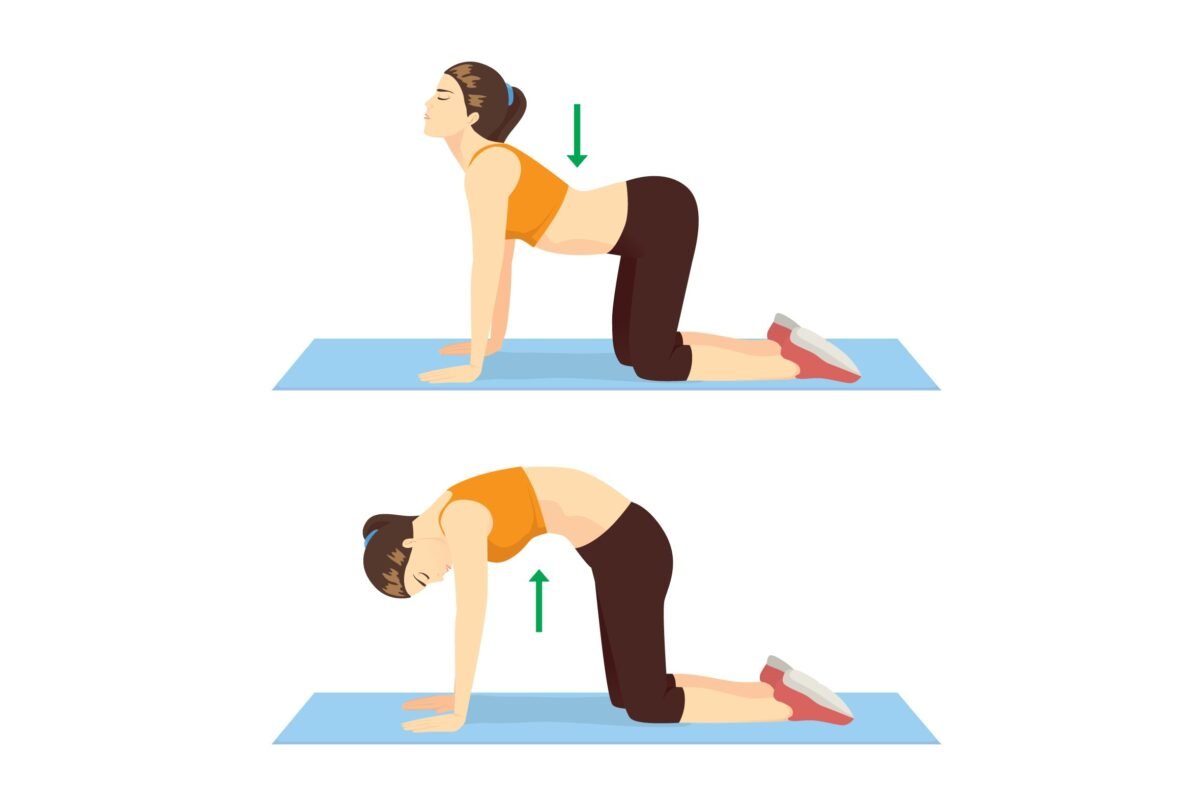
Cat-Cow Pose is a dynamic sequence that beautifully combines movement and breath to create a rhythmic flow, helping to ease tension in the spine and improve overall flexibility. This pose encourages a gentle massage of the internal organs and stimulates the nervous system, contributing to a balanced state of mind. By synchronizing movement with breath, practitioners can foster a deeper connection between body and mind, essential for reducing anxiety.
As you transition between the Cat and Cow positions, you create space in your back and neck, areas that are commonly affected by stress and anxiety. The fluid motion inherent in this pose not only promotes physical flexibility but also symbolizes the ebb and flow of emotions, reminding you that feelings of anxiety are transient. This realization can be incredibly empowering, as it reinforces the idea that you have control over your responses to stress.
The practice of Cat-Cow Pose also embodies the principles of mindfulness yoga, as it requires focused attention on the breath and the sensations within the body. By fully engaging in each movement, you can quiet the mental chatter that often accompanies anxiety. This mindful practice transforms a simple physical exercise into a potent tool for managing stress, making it a reliable option for anyone seeking yoga for anxiety relief.
Pose 3: Forward Fold – Releasing Tension
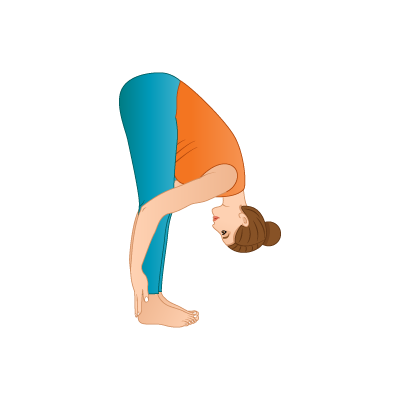
Forward Fold is a versatile pose that offers both physical and mental benefits, making it a cornerstone in any practice aimed at easing anxiety. By allowing gravity to take its natural course, Forward Fold encourages a gentle release of tension in the back, neck, and shoulders—areas where stress tends to accumulate. The act of folding forward also symbolizes a surrender to the present moment, an important aspect of mindfulness yoga.
The forward bending movement inherent in this pose helps to calm the mind by stimulating the parasympathetic nervous system, which is responsible for rest and digestion. This stimulation leads to a reduction in stress hormones and a renewed sense of calm, paving the way for deeper relaxation. As you hold the pose, the mind naturally begins to settle, shifting focus away from the anxieties of daily life.
In addition to its calming effects, Forward Fold serves as an excellent stretch that promotes flexibility and blood flow. Integrating this pose into your routine can enhance overall mobility while also providing a moment of mental stillness. Its dual benefits of physical release and mental clarity make it a powerful ally in the pursuit of yoga for anxiety relief and effective stress relief exercises.
Pose 4: Legs-Up-The-Wall Pose – Inviting Serenity
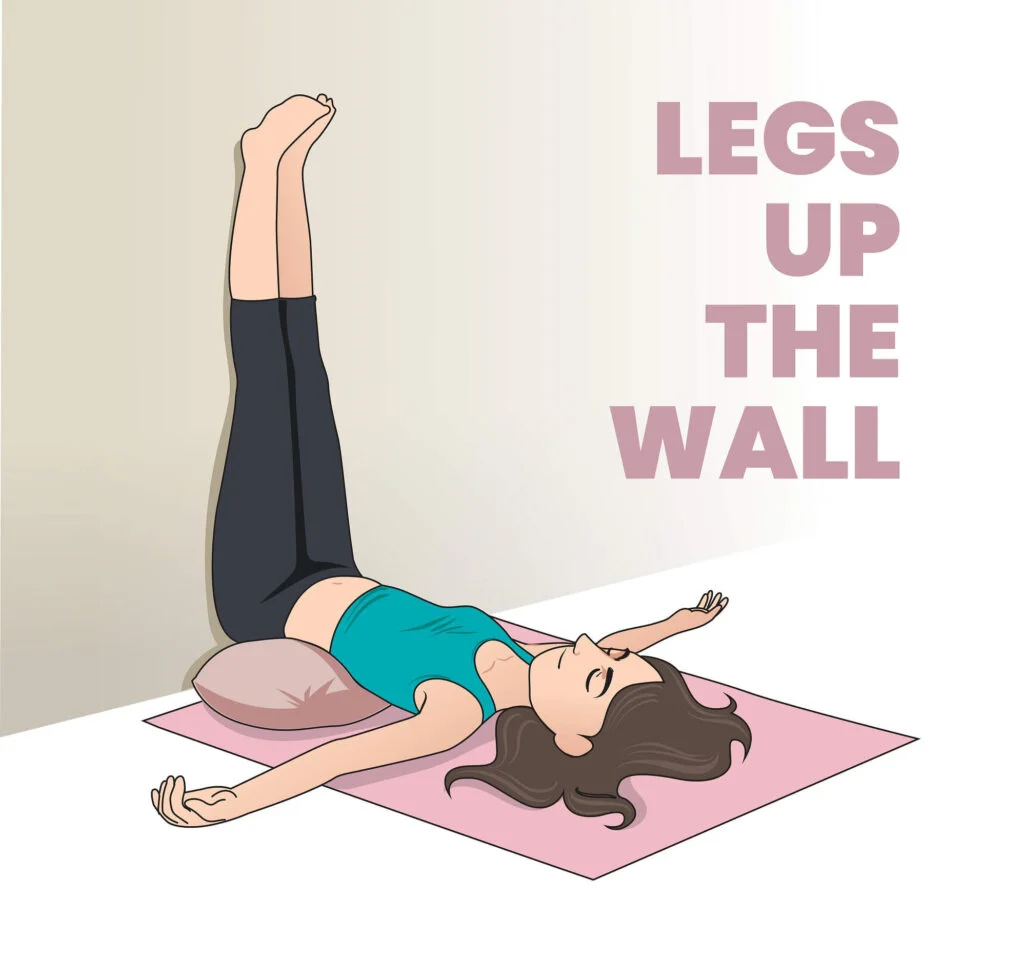
Legs-Up-The-Wall Pose is a restorative posture that invites deep relaxation and offers a reprieve from the stress of a hectic day. By inverting the legs, this pose helps to reduce swelling and promote circulation, which can be particularly beneficial after long periods of sitting or standing. The gentle inversion also encourages a shift in perspective, both physically and mentally, as you allow the weight of the day to melt away.
This pose is highly accessible and requires minimal physical exertion, making it an ideal option for those experiencing heightened anxiety. As you lie back with your legs extended against the wall, the calming effect of gravity combined with deep, mindful breathing helps to lower heart rate and blood pressure. This physical relaxation is mirrored by a mental release, providing a sanctuary for the mind amid chaos.
The calming properties of Legs-Up-The-Wall Pose make it a valuable addition to any practice focused on yoga for anxiety relief. It serves as a bridge between movement and stillness, allowing you to integrate stress relief exercises into your routine with ease. Over time, the regular practice of this pose can foster a sense of inner serenity and balance, encouraging a more mindful, relaxed approach to daily challenges.
Pose 5: Bridge Pose – Embracing Mindfulness
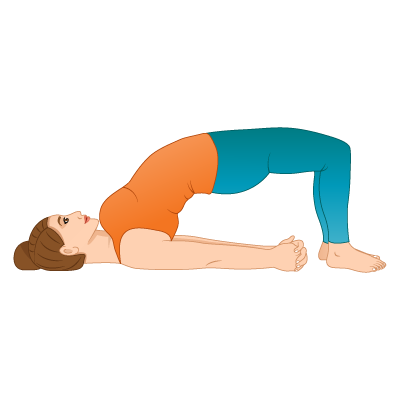
Bridge Pose is a heart-opening posture that not only strengthens the back and glutes but also encourages a gentle activation of the body’s energy channels. This pose is particularly effective for those seeking yoga for anxiety relief, as it stimulates the parasympathetic nervous system, helping to mitigate stress responses. The elevation of the hips in Bridge Pose creates a physical arch that symbolizes the opening of the heart, inviting positive energy and emotional release.
Performing Bridge Pose requires mindful engagement of both body and breath, a practice that echoes the principles of mindfulness yoga. As you lift your hips and support your weight with your feet and shoulders, you create space for emotional release and mental clarity. The gradual ascent and controlled descent reinforce a sense of stability and control, which is essential for alleviating anxiety and fostering inner calm.
Integrating Bridge Pose into your daily practice can yield cumulative benefits, both physically and emotionally. The pose’s ability to relieve tension in the lower back and stimulate blood flow adds a layer of physical comfort to its mental benefits. When combined with other stress relief exercises, Bridge Pose becomes a cornerstone of a holistic routine that prioritizes balance, mindfulness, and overall well-being.
Integrating Mindfulness Yoga and Stress Relief Exercises into Daily Life
Incorporating mindfulness yoga and stress relief exercises into your daily routine can transform your approach to stress and anxiety. Small, consistent practices—such as mindful breathing, gentle stretching, or even a few minutes of meditation—can have profound cumulative effects on your overall well-being. This integration helps to create a daily rhythm that supports both physical relaxation and mental clarity, making it easier to manage life’s inevitable stressors.
One of the most appealing aspects of mindfulness yoga is its flexibility; the practice can be adapted to fit even the busiest of schedules. Whether you choose to engage in a full yoga session or simply incorporate a few calming poses throughout your day, the key is consistency. Over time, these practices build resilience, enabling you to approach challenges with a more centered and balanced perspective that emphasizes yoga for anxiety relief.
By weaving stress relief exercises into everyday life, you not only address the immediate symptoms of anxiety but also lay the groundwork for long-term emotional stability. This holistic approach fosters a sense of empowerment, as you learn to take charge of your mental and physical health. The regular practice of these techniques reinforces the mind-body connection, ensuring that the benefits of yoga extend far beyond the mat and into every aspect of your daily routine.
Building a Sustainable Practice for Long-Term Anxiety Relief
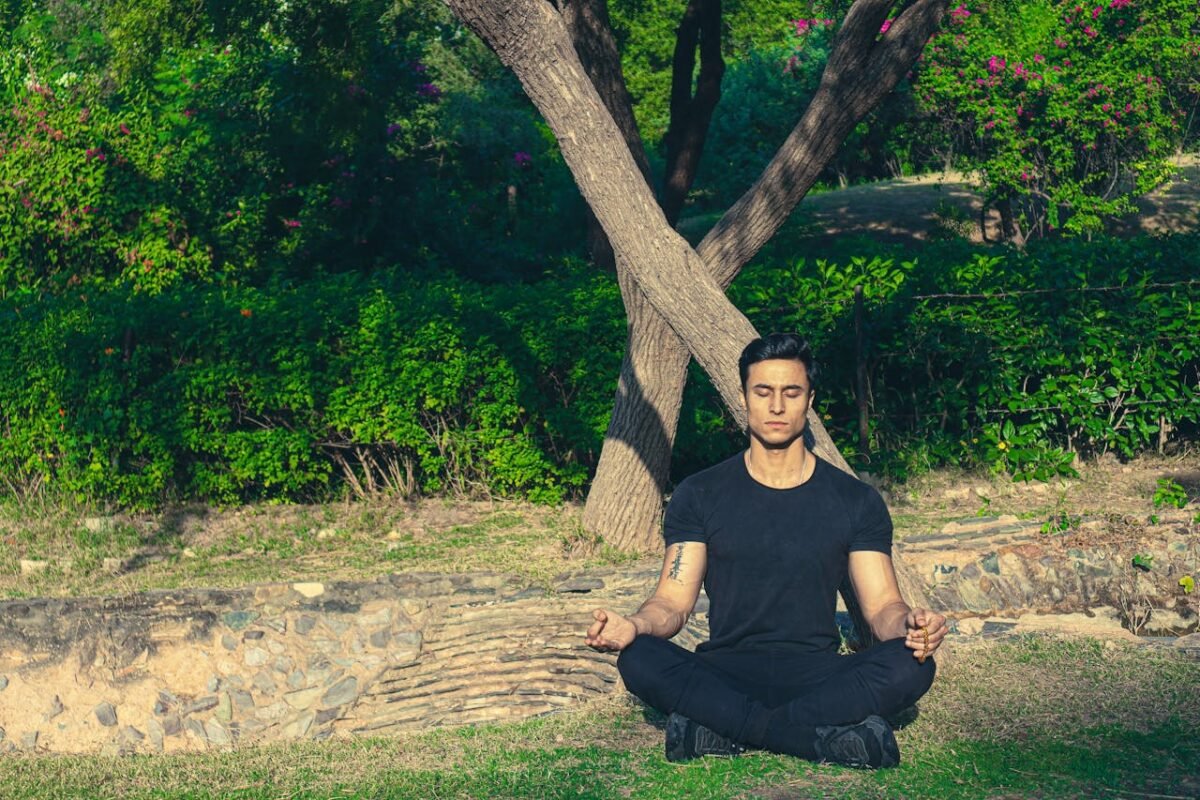
Creating a sustainable yoga practice is essential for reaping the long-term benefits of yoga for anxiety relief. A structured routine provides consistency, which is key when managing chronic stress and anxiety. By setting aside dedicated time each day, you not only nurture your physical health but also establish a mental sanctuary where you can retreat from the pressures of daily life.
Developing a sustainable practice also involves listening to your body and honoring its needs. This may mean modifying poses on challenging days or integrating other stress relief exercises that resonate with your unique needs. Over time, this personalized approach helps to deepen your practice, ensuring that each session contributes to an overall sense of balance and well-being. Such self-compassion is at the heart of mindfulness yoga, reinforcing the idea that your mental health is as important as your physical fitness.
Long-term success in managing anxiety lies in the commitment to gradual, consistent practice. By integrating yoga for anxiety relief into your everyday life, you create a resilient foundation that supports sustained emotional and physical health. This ongoing commitment not only helps manage current stressors but also builds a buffer against future challenges, ultimately cultivating a life marked by peace, clarity, and enduring well-being.
Conclusion
Yoga for anxiety relief stands as a powerful testament to the ability of simple, mindful practices to transform lives. By incorporating a range of yoga poses for relaxation and stress relief exercises into your daily routine, you can begin to dismantle the cycle of anxiety and build a foundation of inner strength and calm. The journey toward mental clarity and physical well-being is enriched by every mindful breath, every gentle stretch, and every moment of self-compassion experienced on the mat.
Yoga for anxiety relief is more than a temporary escape from stress—it is a lifelong practice that empowers you to navigate the complexities of modern life with resilience and grace. Through the integration of mindfulness yoga principles and carefully chosen poses, you create a personal sanctuary that extends beyond the physical practice. This approach offers tangible benefits that resonate deeply, fostering improved emotional balance, enhanced focus, and a renewed sense of vitality.
Yoga for anxiety relief invites you to embark on a transformative journey where self-care becomes an art form. As you continue to explore and refine your practice, remember that each pose and each moment of mindful reflection contributes to a healthier, more centered you. Embrace this journey with an open heart and a willingness to discover the endless benefits that yoga brings, and let it guide you toward a life filled with calm, clarity, and sustained well-being.














